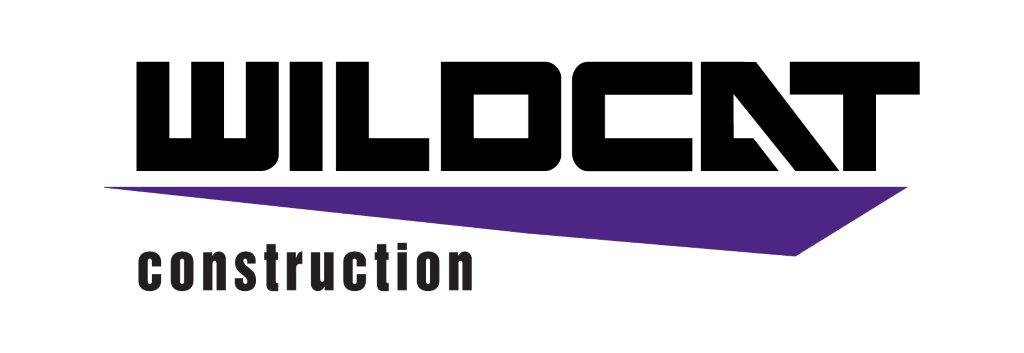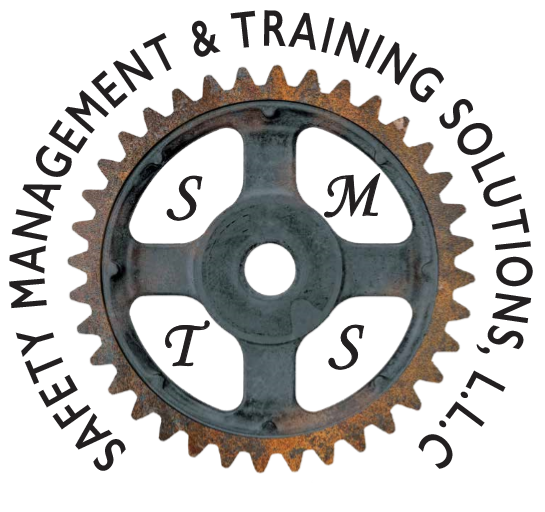Information
-
Document No.
-
Audit Title
-
Client / Site
-
Conducted on
-
Prepared by
-
Location
General Details
-
Space Name
-
-
Equipment Number
-
Space Location
-
Team / Crew
Nature Of The Space
-
Describe the Space
-
Primary Intent of the Space
-
What is the space made of
-
Describe the entry points
-
Add media
-
Add drawing
Is Entry Necessary? (It is vital to consider the need to actually enter the space at all)
-
Most probable tasks performed in the confined space?
-
How often will these tasks be undertaken?
-
Can the task be done without entering the space?
-
Can the task be done using any other method?
Inherent Atmospheric Hazards (during normal operation)
-
Oxygen enriched or deficient<br>
-
Combustible gases
-
Toxic gases
Potential Atmospheric Hazards (When shutdown what could enter the space)
-
Contaminants in sludge, etc
-
Contaminants in fittings, etc
-
Oxidation, decomposition
-
Other causes
Other Inherent Hazards
-
Movement of the space
-
Moving equipment (in/outside)
-
Engulfment
-
Stored energy
-
Temperature extremes
-
Natural hazards, insects, snakes, rats, etc
-
Electrocution
-
Ergonomics, poor posture, etc
-
Difficult access / egress
-
Fire / Explosion
-
Radiation
-
Slips, trips or falls
-
Hazardous chemicals
-
Excessive noise
-
Poor lighting
-
Dust
-
Remote location
-
Poor communication
Specific Controls (Common basic controls listed below. Note: Other controls may be required to complete tasks inside the space. Refer to a risk assessment of the task)
-
Isolations required (List minimum isolations below)
-
Is a standby person required?
-
Is an Emergency Response Plan required?
-
Other considerations (List below)
CONFINED SPACE EMERGENCY RESPONSE PLAN
General Details
-
Space Name
-
Equipment Number
-
Task Description
-
Notable Hazards
Emergency Response Team Requirements
-
First Aid Training
-
Confined Space Training
-
Communication
-
SDS Information
-
Emergency Phone Numbers
Response Requirements (When do Emergency Services have to know about the task?)
-
Contact upon emergency
-
Contact prior to entry
-
ERT at space prior to entry
-
Emergency Phone:
-
Emergency Radio Channel:
-
Nearest pick-up point:
Equipment Requirements
-
Tripod / Winch
-
Harness and SRL (attach at all times)
-
Air Monitor
-
Respirator
-
Basket Stretcher
-
First Aid Kit
-
AED (If Available)
-
Lighting
-
Tyvek or Hazardous Chemical Suits
-
Fire Extinguisher
-
Other Requirements
-
Equipment must be at the space:
-
Upon Emergency
-
Prior to entry
Rescue Plan (Diagram and / or notes)
-
Add drawing
-
Notes:
Rehearsal Requirements
-
Is this plan required to be rehearsed
-
General notes:
-
In the event of any emergency the alarm MUST be raised immediately. Standby personnel must be prepared to initiate rescue procedures. DO NOT enter the space in an emergency unless trained and if safe to do so. A qualified first-aides must be available in the event of an emergency. If trained and able to do so, attempt to extinguish a fire. If any situation is beyond control evacuate the area and wait further instructions.
-
Safety Manager
-
Responsible Person
-
Select date











